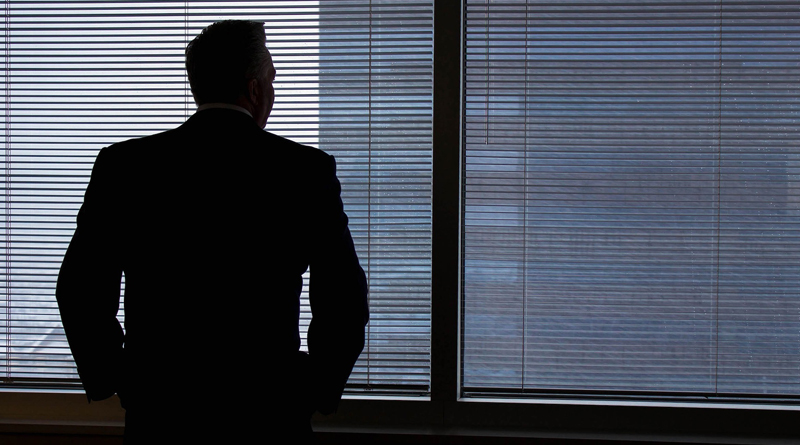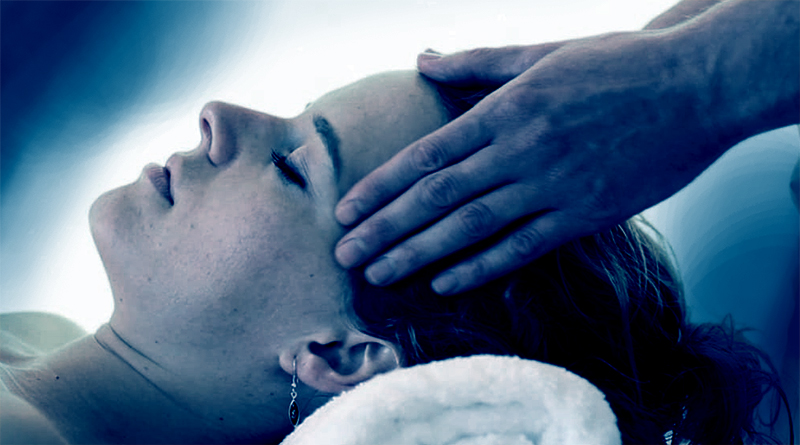
Simple Steps for Massaging Away Meltdowns in the Neurodiverse
By Giuliana Fenwick
When I first took my specialized massage therapy into schools, I was told at the time that no one knew of anyone working with the neurodiverse in this way. I could never have dreamed that in such a short space of time it would explode into a thriving business and book, with trainings and lectures that would take me all over the world. In a time of slashed budgets for special needs, I had hit on a real need in the community where people were desperate for help .
As you may know (if you read my previous blog), I had resolved to use everything I had learned on the journey with my own autistic son to help enlighten teachers and professionals as well as the neurodiverse and their families. I devote an enormous percentage of my time working towards this, through articles, talks and trainings, raising awareness, and sharing my therapeutic techniques wherever I can.
Therapies are hard to access. There are still very few out there for the neurodiverse. With society largely reliant on allopathic routes or drugs, the majority of people do not explore the complementary approach. Therapies tend to carry prohibitive fees or long waiting lists
This is why I love to share my therapy. If I can help in any way, however small, then I know I’ll have given back and made the most of the massive blessings my son has brought me. I want to share with you all just as I would if you were clients coming to me for a treatment. It is very important to me that everyone I meet leaves me with knowledge, feeling empowered and in control of their own healing and growth. That should be the outcome of any therapy: to encourage independence- not dependence- and for the client to grow into their full potential and bloom .
Placing the client, even a child as young as two, in control, is paramount. I never discuss a child with parents or professionals as if the child is not present. I involve the child from the very start and love it if they are able to tell me in their own words how they are feeling. If they cannot, I read body language and facial expression. In other words, I feel how they feel. Trust is immediately being earned and a mutual respect established. I’m never just another detached professional. We are a team. I tailor my therapy to the needs of each individual on the day.
Sadly many of my clients in the early days were often brought to me as a last resort where nothing else had worked, and families or teachers were desperate to find a way to make life more manageable. Certainly within schools, pupils are often brought to me when things have hit breaking point.
Even for neurotypical students simply experiencing a hard time, coming to have a therapy for the first time carries feelings of vulnerability and fear. That is why engagement and trust are paramount. Placing the client in control is in itself empowering.
Whether it is anxiety or fear surrounding a new experience or a melt down of rage and frustration, there are massage techniques you can use to instantly calm and soothe.
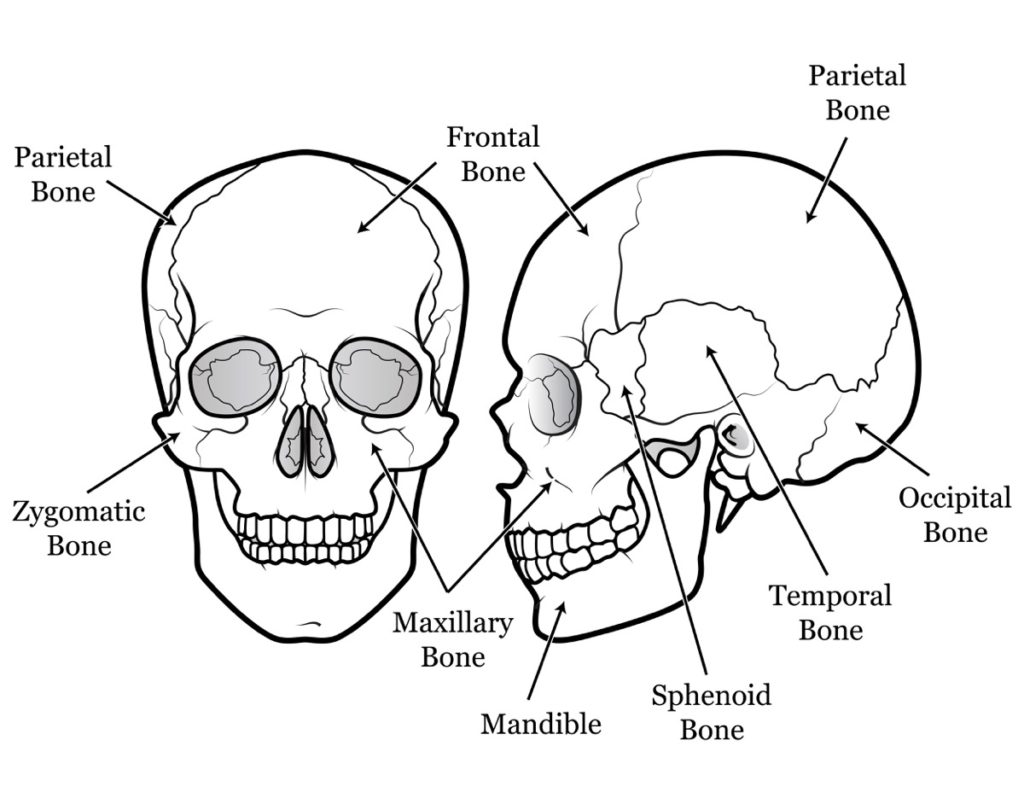
As you know, the nervous system is made up of the brain, spinal cord, and nerves. This is split into the central nervous system (brain and spinal cord) and the peripheral nervous system, which is split into the spinal/ cranial nerves and the autonomic nervous system. The latter controls all the automatic activities of the body such as breathing, the cardiac muscle and the glands, and this is also divided into two parts – the sympathetic and the parasympathetic. When the sympathetic system is activated our blood pressure and heart rate accelerate, we sweat, and our mouths go dry. This is a classic “fight or flight” response.

Just a few simple massage techniques will bring someone back into the “parasympathetic” state where the heart rate slows, blood pressure lowers and breathing is deeper and calmer.
When someone has hit meltdown, before you can do anything, you have to calm them into this parasympathetic state. Here are a few tips:
First cup your hands over their shoulders, thumbs behind, fingers in front. Shoulders are where we carry our load or feel overloaded.
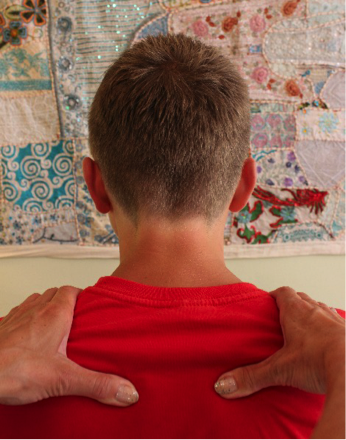
Photo: James Alexander photography
They also house the tops of the lungs, which are all about what we give and take, relationships with others and the world around us. By squeezing and releasing the shoulders several times, or by pushing the thumbs up and over the shoulder bone, then pulling the fingers back over the shoulder bone, this helps lighten the load, “ground” the client, and reassure them. It is very effective.
To follow, massage by gently rotating just under the occiput bone with middle finger pressure.
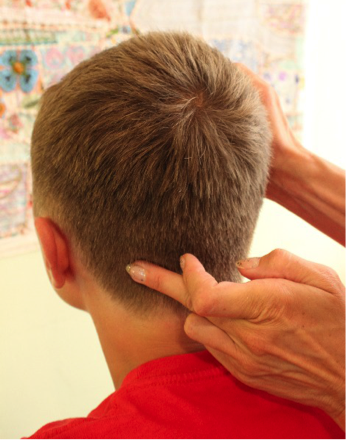
Photo: James Alexander photography
If you push your fingers up your neck and through your hairline, the first bony ridge which joins the base of the skull to the top of the neck is the occiput bone and you massage gently in the little pits and hollows just underneath it. The vagus nerve crosses here both sides: this reduces blood pressure and lowers the heart rate as well as calming the body into a relaxed and even sleepy state. It helps too with deeper and more restful sleep patterns. The results are instantaneous and you can even do it on yourself. It is one I regularly teach to my clients to “take home.”
From here, massage the temples gently by rotating your palms over them forwards 3x then backwards 3x.
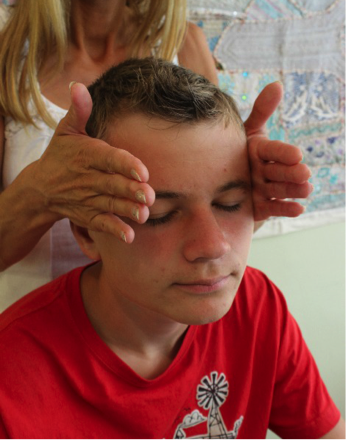
Photo: James Alexander photography
This floods the body with serotonin, the “happy hormone”, as the pituitary glands are stimulated. The recipient is instantly flooded with feelings of happiness, wellbeing, and the feelings of the ability to cope.
Next, massaging in a soft “shampooing ” motion using your fingers, or in a gentle ” raindrops ” motion using your fingertips over the temporal areas of the head helps stimulate dopamine, the ” pleasure hormone.”

Photo: James Alexander photography
Dopamine helps with memory, behavior, pleasurable rewards, cognition, attention, sleep, focus, learning and confidence. Reduced levels of dopamine are thought to contribute to ADHD, ADD and Executive Function Disorder. So as well as filling the body with pleasurable feelings, massaging here, particularly long term, has a noticeable impact on those higher brain functions.
Just four simple techniques to help eliminate or reduce those fight or flight responses and relax the client into a more open, relaxed and happy state. Even those with autism who have issues with touch, will let me, once they feel in control, massage just their shoulders. It’s a start and we nearly always progress to these other steps in time.
I hope this is helpful. See you next month when I shall share some more with you.
Take care everyone!
Giuliana Fenwick is an author (“Indian Head Massage for Special Needs” by Jessica Kingsley publishing, available from Amazon ) , a writer for various national and international publications and autism websites , a specialist therapist working extensively with children and young adults on the autism spectrum and with special needs , a teacher/trainer , fundraiser and international public speaker .
Most importantly she is a mother to a beautiful ,courageous , gifted autistic son, Ollie.
For more information, visit her website: www.therapiesforspecialneeds.co.uk

